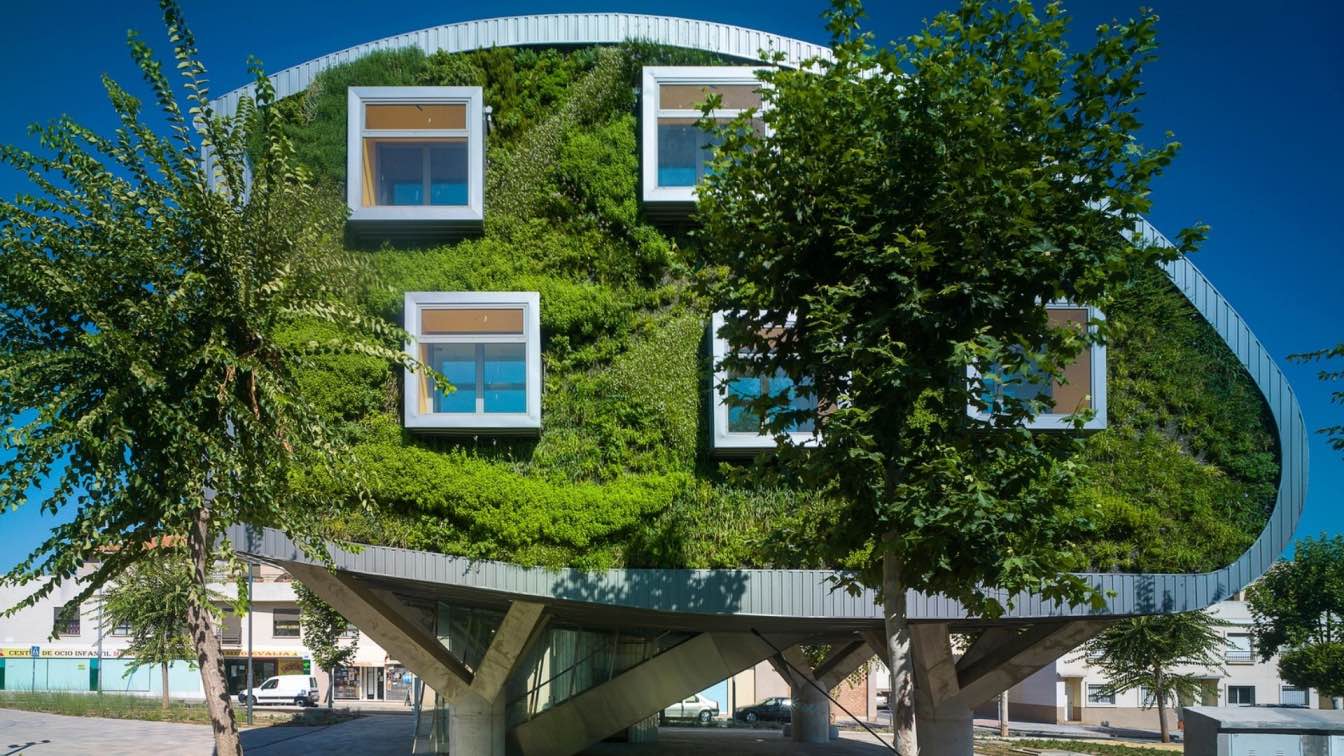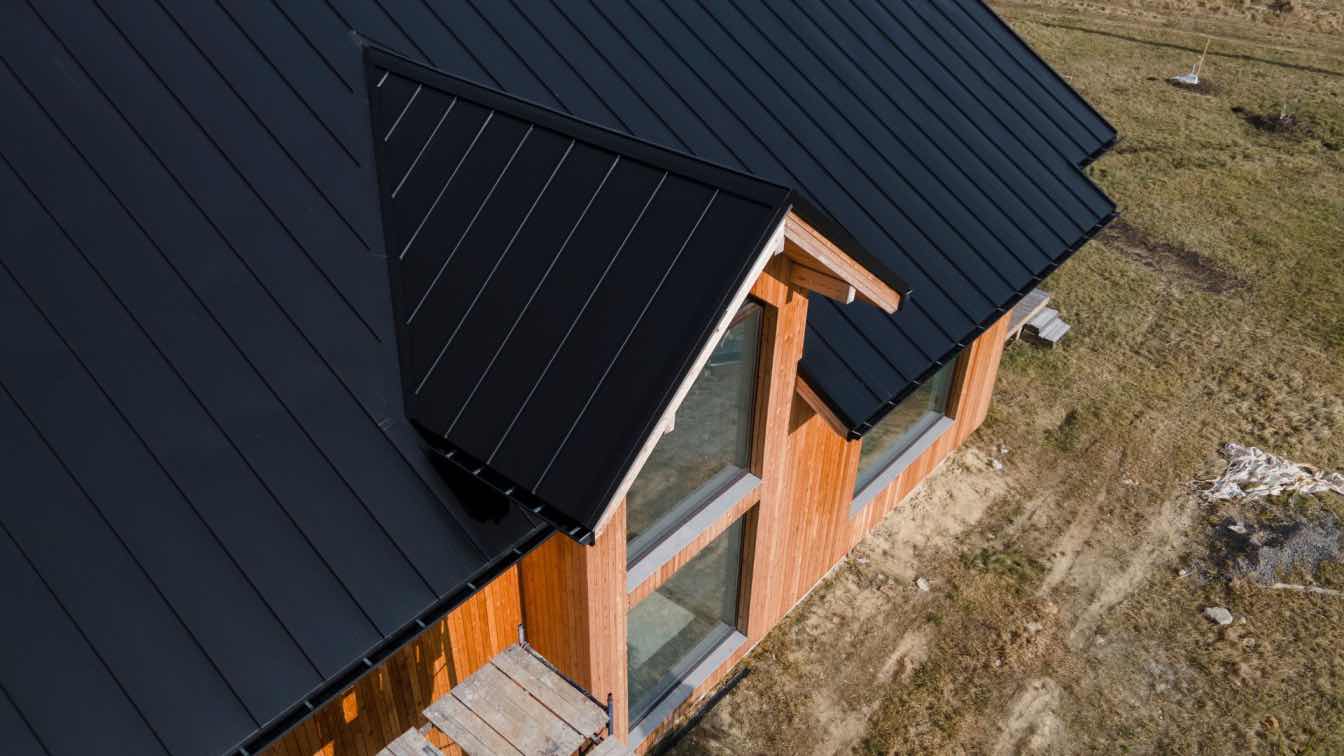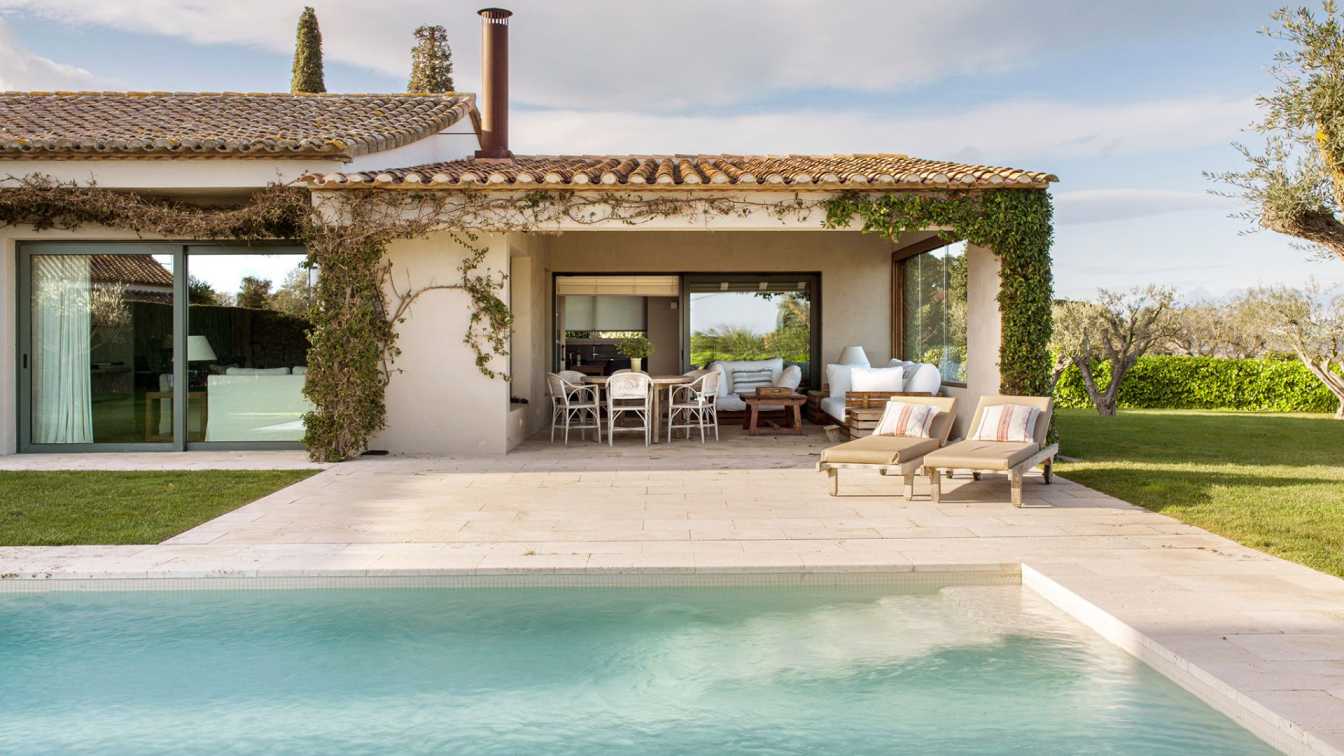As we enter the early stages of the climate catastrophe, more and more people are wondering what steps they can take in their personal lives to address the looming threats of climate change. If one were to ask them, most people wouldn’t think to link their carbon footprint to something as fundamental to their lives as the structures they live, work, and play in.
Conversely, how structures are built and what they are made with can have a profound effect on fighting climate change. This article will explore green architecture and the concept of net-zero buildings to better help families understand the role they can play in combating climate change.
By the end of this article, readers will have a better understanding of how they can incorporate net-zero building methods when renovating their homes or building from scratch.
Before we explore these areas, let’s first set some definitions.
What is a Net-Zero Building?
Here is a definition from the US Department of Energy Efficiency and Renewable Energy:
“Zero energy buildings combine energy efficiency and renewable energy generation to consume only as much energy as can be produced onsite through renewable resources over a specified time period.”
Essentially, a building can effectively offset the amount of CO2 it produces through a combination of energy conservation and renewable energy generation. This might sound like a lofty goal, but it is already being implemented at scale—from the largest of skyscrapers to the smallest of personal abodes.
With the right kind of planning, it’s possible to design a net-zero home. But what goes into that planning?
 Zaha Hadid Architects: BEEAH Group’s new headquarters now open in Sharjah, UAE
Zaha Hadid Architects: BEEAH Group’s new headquarters now open in Sharjah, UAE
Architectural Methods to Combat Climate Change
Let’s explore some of the ways the actual construction of a structure can be much greener. If your carbon footprint concerns you, it’s essential to discuss construction methods with your contractor to determine if they are also trying to reduce their carbon footprint.
Make sure you inquire about the following green construction techniques.
The Use of Biodegradable Materials in the Construction Process
Biodegradable materials can be broken down through organic processes over time and in the right environment. Some of the first structures humans built were made with biodegradable materials taken from the environment. Some examples of early biodegradable construction materials are wattle and daub housing or straw-thatched roofs.
Bio-engineers have made several new biodegradable materials that can be used in place of materials that have a higher carbon footprint. One of these exciting new materials is mycelium.
Mycelium is the “root” part of fungus—the part that stays below ground. In recent years, architects have discovered the many uses of this material. Mycelium is a tough fibrous material that is light and moldable. Though it can’t be used in load-bearing walls like conventional bricks, it can be used for interior walls and insulation.
This product is an excellent example of upcycling—taking waste (in this case, agricultural waste) and reusing it in a different capacity. The “bricks” made of mycelium are entirely biodegradable and fire-resistant, too.
The Use of Locally-Sourced Materials in the Construction Process
Materials that need to be transported long distances rack up an extensive carbon footprint. Think of all the fossil fuels required to ship lumber from Washington state all the way to New York or further.
Many green home advocates and eco-friendly architects encourage construction companies to prioritize locally-sourced materials to cut down on the home’s total CO2 footprint. For certain regional areas, like the American Southwest, finding a natural supply of lumber simply isn’t feasible.
Where possible, home builders should prioritize local materials over imported materials, but this is sometimes unfeasible. Alternatively, home builders might seek to center their designs around locally available materials. For example, trees are scarce in the American Southwest, but adobe bricks are not.
Consider Prefab or Modular Construction
One way to cut down on excess waste materials and wasted energy is to design your home through a prefab or modular home building company. These types of homes are put together on-site, but their components are constructed in sections at a designated facility.
This construction method saves both materials and energy. There is much less waste produced in a controlled factory environment than out on a construction site where there are many difficult-to-control variables.
Also, the raw materials would have been shipped to the construction site anyway. Making fewer trips by delivering the home in several sections cuts down the home’s overall carbon footprint. Think about it—the construction crew won’t need a concrete truck, material delivery trucks, and crew transportation to show up several times throughout the course of the build.
Consider Using Reclaimed Materials in the Construction Process
Increasingly, architects and engineers are viewing existing structures as “material banks” that store building materials for the duration of the building’s use. When viewed this way, architects and construction companies see the value in reusing the materials locked away in these “materials banks” instead of sending them off to landfills once demolition is complete.
Surprisingly, a large portion of this material waste comes from the unused materials discarded after a new construction—some of this material is thrown out before it even gets used.
This concept works in the other direction too. If construction crews view the materials they are using currently as materials that will be reused in the future, more care can be taken to ensure that the materials do not become compromised during a building’s use or demolition.
Green Architecture Can Help You Achieve Net-Zero
The way you build your home or handle your next renovation project matters. It is possible to design and build a net-zero home that produces at least as much energy as it produces. By being mindful of the construction techniques mentioned above, you can ensure that you and your family are doing your part in combating climate change.
Jenn Walker is a freelance writer, blogger, dog-enthusiast, and avid beachgoer operating out of Southern New Jersey. She writes for Goldleaf Designs, custom home builders in Avalon, NJ.





